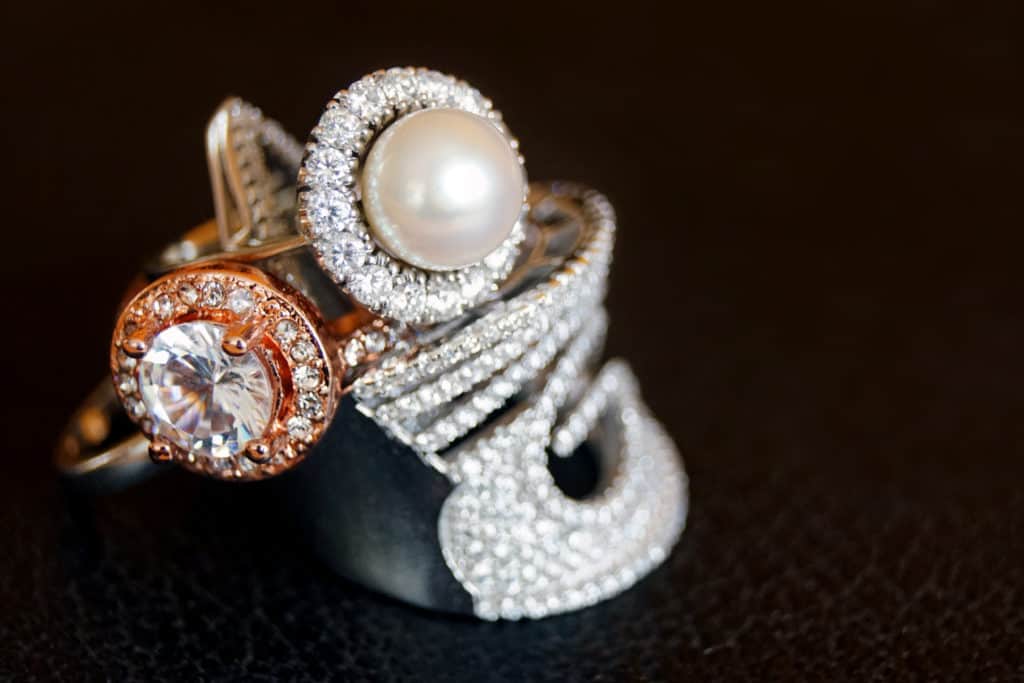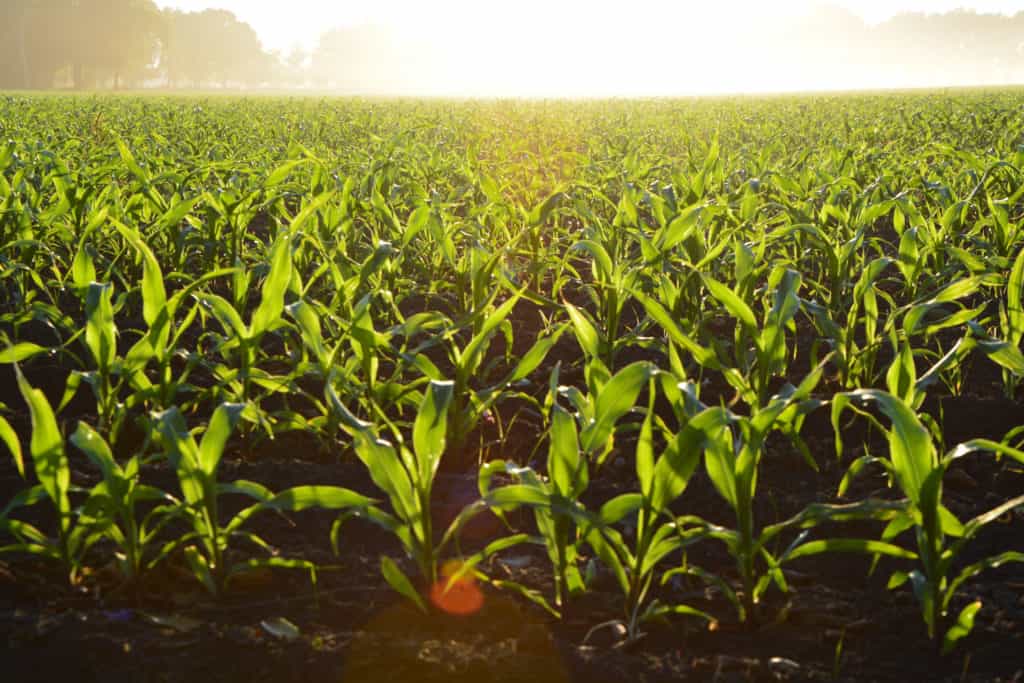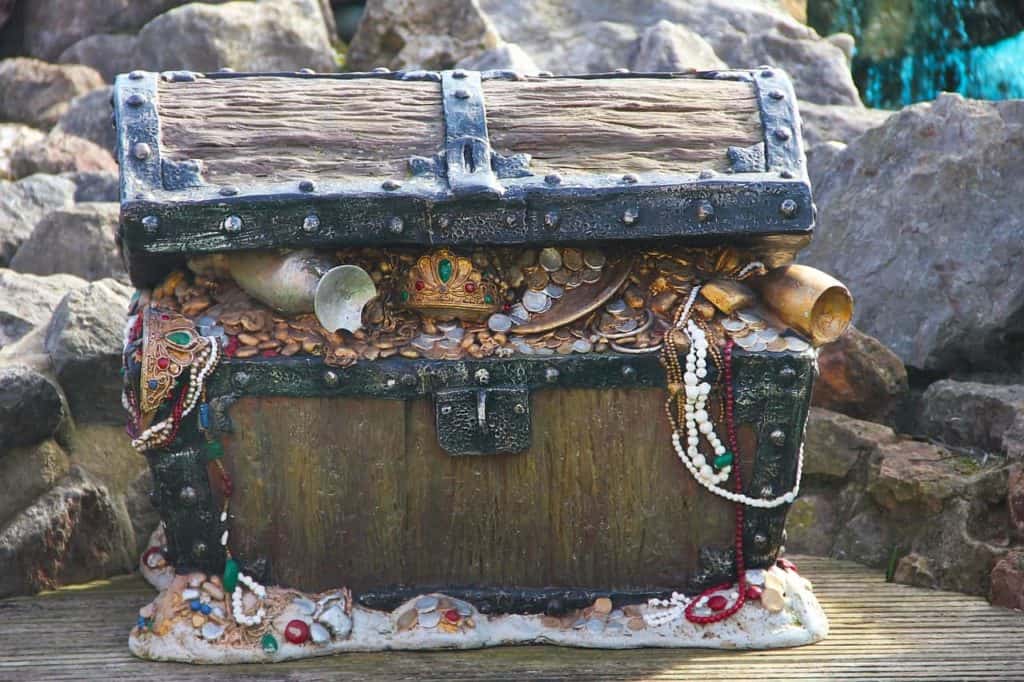There are different functions of money. One is as a medium of exchange and another is as a store of value.
And in the modern world today, our money fulfills only the first function. Dollars are a great medium of exchange, anywhere from Brooklyn to Phnom Penh. Even when countries as far-flung as Qatar and China trade with each other, they trade in dollars. Dollars are abundant and accepted all over the world.
But, that abundance comes at a price. Dollars are not a great store of value, as we’ve seen before.
On the other hand, in today’s world, gold and cryptocurrencies are better stores of value than dollars, but not so great at being mediums of exchange. After all, does your neighborhood store take gold or bitcoin?
The challenge then is figure out how best to create and preserve multigenerational wealth.
Throughout history, humans have been using different items as stable stores of value. You can call them hedges, investments, assets, but one thing is clear – where there is a demand for something, there is often value there.
What follows is a series of anecdotes about some of atypical ways people have stored their wealth in the 20th century. None of these is revolutionary, but hopefully it causes you to think differently about what true wealth is, and how to preserve it.
Timber
Here’s an account from the book Hedgehogging, by Barton Biggs, about the favored investment of Otto von Bismarck, the statesman who unified Germany in the 19th century. Despite engaging in other seriously conflicted insider trades, his investment of choice was timberland, which he bet on there being continuous, stable demand for.
This episode speaks to the power of natural forests and growth. The supply of forests is limited, while growing populations and economies will continuously demand timber.

It’s unclear how this strategy would work now, as Bismarck was investing in a time when timber was the primary building material, but there are favorable trends now too. Continued population and economic growth, the shrinking of harvestable forests, all speak to timber as a potential investment for the very long-term, and the asset class is widely held by pension plans and university endowments as a result.
Gerson Bleichroder was a nineteenth-century German Jew who had a life filled with immense financial triumph, persecution, and personal sadness. Otto von Bismarck represented the Old Prussia – aristocratic, agrarian, hierarchic – and it was his ambition and vision that welded the First Reich into an empire. In 1859, when he was 37, Bleichroder became the banker and investment adviser for the rising Junker diplomat, and for 30 years the two leveraged their insights and power to achieve great wealth and prominence.
It’s fortunate there was no SEC in those days, because Bleichroder traded for his own account and for his illustrious client on the basis of highly privileged inside information…For example, at one crucial moment the German chancellor’s portfolio was 70% in Russian securities because his investment adviser determined that the moves he was about to make would benefit Russian railroad equities. Sometimes they bought the cheap shares of good companies first, and then Bismarck caused events to happen that made them appreciate.
Bleichroder exploited the insights that Bismarck provided to make both his patron and himself very rich. But he also had what Bismarck once referred to as “a certain timidity in investing”…His timidity kept him from becoming engulfed in the new-issues market of the 1870s or in the mania for colonial investing that later wiped out so many men and German banking houses. In other words, he became very rich because he endured…Bismarck was perfectly satisfied with this return, but always withdrew his profits and invested them in land and trees. He was convinced that investing in paper securities was a fine and quick way to get richer, but that the repository of true wealth should be land on which you could grow trees.
His theory was that the price of land would gradually appreciate in line with population growth, or about two percentage points annually. His studies had convinced him that German forests would grow 2.75% a year, so that his real return from timberland would be around 4.75% per annum, because inflation at the time was virtually zero. If there was inflation, he was sure timberland and log prices would appreciate in line with the inflation…As it turned out, Bismarck was absolutely right.
Over the next half century in Germany of war, inflation, surrender, and depression, timberland held value far better than anything else.
Jewelry
Jewelry is portable, often crafted with precious metals like gold and platinum, and set with gemstones.

It can also escape confiscation, can be easily passed down through generations, and is a perfect wartime hedge. At least, that was the experience for this family in 1940s Hong Kong, as recounted in Hedgehogging.
When I was in Hong Kong some years ago, I visited the elderly patriarch of a very wealthy Chinese family for whom I have run money. At the time, he must have been in his mid-90s, but he still went by the title General. As a general in the Nationalist Army, he had fought the Japanese and then the Communists. After World War II, he was on the long retreat across China…
The family has a large portfolio run by three major investment management firms, but the General on this occasion was philosophizing about the uses of wealth in an apocalypse, which, he pointed out, is when you really need it. Paper assets are fine and wonderful things in normal times, he said, but they are useless when anarchy reigns. And once every half century or so, anarchy does reign. It reigned in Asia, Russia, and Europe in the past century, and the Four Horsemen of the Apocalypse will ride again. War, Famine, Pestilence, and Death periodically are part of the human conditions.
In the old man’s opinion, quality jewelry was as good a storehouse of value, disaster hedge, as anything he knew, and in fact was better than gold. Wealthy families should have disaster hedges just as they carry insurance or set up irrevocable trusts. Disaster hedges, he pointed out, must be highly portable, easily hidden, and very marketable. Both Marie Antoinette and the czarina of Russia stuffed jewels into the bodices of their garments when revolutions forced them to flee their palaces.
He said that when the Japanese took Hong Kong in 1941, his family was transformed overnight from being very rich to the brink of starvation…All their sources of income had dried up as the local economy turned to barter.
As it turned out, the family survived the next couple of years because the women traded their jewelry for food and protection. In Hong Kong in 1942, jewelry had great purchasing power because the Chinese girlfriends of the Japanese military wanted it. The street prostitutes got money and goods from the Japanese soldiers, but the beautiful courtesans wanted to accumulate jewelry, both to wear and as a store of value. As a result, the Japanese acquired jewelry to court their favor…Neither the Japanese nor their girlfriends apparently cared much for gold. It wasn’t decorative. Bartering their jewelry was what enabled the family to survive in the dark days of 1942 and 1943.
Throughout history, conquering armies seek sex from the women of the occupied country. Women naturally want something of value in return, the old General said, so what happened was not unique to Hong Kong. Jewelry has always been used to beautify and to display one’s rank and wealth. Jewelry also works as wealth in an environment of runaway inflation. The studies show that gold and silver are excellent inflation hedges, and since they are so much a part of jewelry, the record indicates that jewelry at least maintains purchasing power during inflationary episodes. This was certainly the case in Germany during the Weimar Republic and in the early 1930s. But the song has it slightly wrong; jewelry, not diamonds, are a girl’s best friend. Diamonds are a commodity with a manipulated price.
The old General’s theory about jewelry went further. He argued that in a world with a complex computerized banking system that is vulnerable to both social and technological terrorism, conditions similar to 1941 in Hong Kong could occur again. If a power failure persisted, and the banking and transportation systems in the United States were knocked out, living conditions could become desperate, and paper money could lose value as a medium of exchange for essentials. A barter economy would probably spring up. Jewelry might well become a preferred currency…
However, as a repository for some wealth, like art, it makes sense for reasons beyond the aesthetic. For one thing, it can easily be given to daughters and daughters-in-law, skipping gift taxes, and when the matriarch dies, it can be quickly scooped up by the heirs, avoiding inheritance taxes. Jewelry is highly portable and easily concealed, so refugees fleeing pogroms have always utilized it as a way to transport wealth.
An active market for jewels existed mainly because there was a “ruling” overclass from a conquering army. The members of the upper class plus wannabes needed to mark themselves as wealthier. The principle remains, though – there will always be a market for human vanity.
Farmland
Hyperinflation in the twentieth century has been ruinous, and perhaps the most famous episode of this was 1920s Germany. As gradual inflation yielded to hyperinflation, the paper that money was printed on became more valuable as tinder than as a currency. Savers, bond-holders, anyone who held reichsmarks were wiped out. And in a few short years, the economic conditions led to the rise of Hitler.
But the inflationary episode, as recounted in the book Dying of Money, by Jens Parsson, did spare two distinct groups. Borrowers, and farmers.

Borrowers, whose group included the government, owe fixed amounts. In the face of inflation, much less hyperinflation, those fixed amounts diminish in worth over time. This is the central reason why governments inflate – to spend more.
The other group that benefited were farmers:
The good fortune of the debtors demonstrated the prudence of following the government’s lead: one must beware of being a creditor whenever the government was a huge debtor. Farmers in particular were the classic case of invulnerability to inflation, because they always had food, their farms were constant values, and the many who had mortgages on their farms were forgiven their debts outright.
There is a nuance, here, however, as Parsson points out. While farms are a store of value because they sustain the humans who live on them, and produce the food that is also becoming pricier, they are not spectacular investments during normal times. In normal times, even boom times, farmers are left behind as easy prosperity descends on other businesses and asset classes first.
It’s only when currency really break down that farmland shines:
Farmland is a special category of real estate. There is more farmland than any other kind of valuable real estate, and farmland is possibly the most bedrock of all real values because it produces what people must have, inflation or no, in order to live. Farmers thrive and the value of farmland excels in the dying throes of every inflation, and the great American inflation would probably be no exception. But even farmland as an investment has its own special difficulties. Although farmers and farmland do strikingly well in late inflations, they tend to be somewhat less prosperous than the rest of the nation in early inflations or in normal times.
Summary
If there’s anything we want to demonstrate with this post, it’s the underlying principle about wealth. It’s that tangible wealth is driven by holding goods that are of value to yourself and others. And what is of value to us as humans is constant. Humans are driven by vanity and greed, but they need to eat and shelter.
Furthermore, wealth is constrained by the laws of supply and demand just as anything else, and what is scarce will become more valuable, or at least hold its value over time. Conversely, things that are in too abundant of a supply – like paper money – will inflate and become less valuable.

